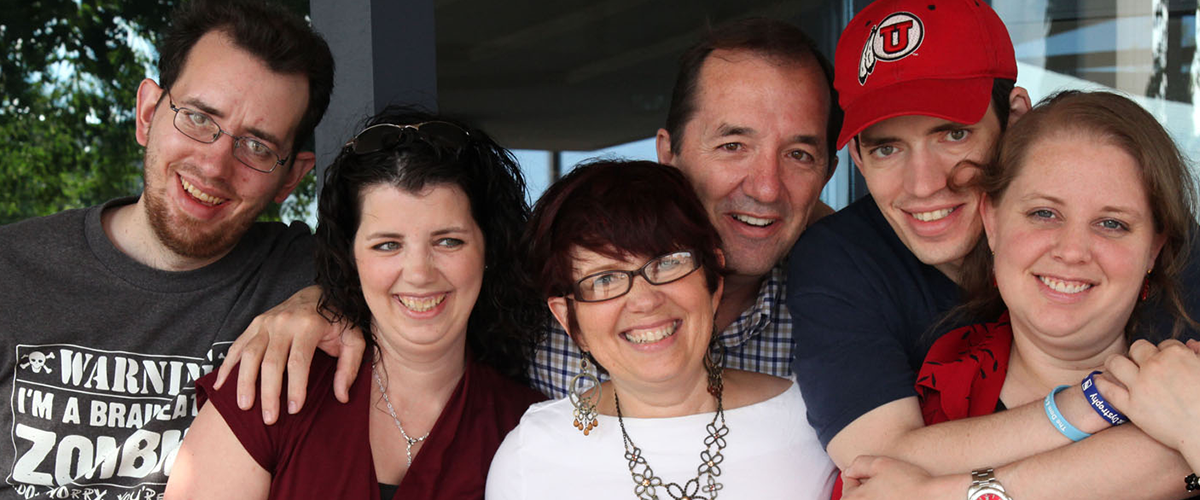Patterns:
-
DM1-related cardiac pathophysiology, although affecting all myocardial tissue, preferentially targets the cardiac conduction system. Conduction system defects are progressive and, while initially asymptomatic, increase the risk for symptomatic arrhythmias.
-
Pre-syncope, syncope, palpitations, dyspnea, chest pain or sudden death from cardiac arrest.
-
The development of a dilated, non-ischemic cardiomyopathy is an infrequent but recognized occurrence. Once a symptomatic dilated cardiomyopathy is present, progression is typically rapid, with congestive heart failure leading to death.
Symptoms:
-
Palpitations, pre-syncope, syncope, dyspnea and chest pain.
-
Arrhythmias including sinus bradycardia, tachyarrhythmias, heart block, atrial fibrillation and flutter, and ventricular tachycardia. The most common tachyarrhythmias are atrial fibrillation and atrial flutter, which pose a risk of cardiogenic embolism and stroke.
-
Symptom change, abnormal cardiac imaging, abnormal ECG.
Diagnosis:
-
Discuss the following tests with your doctor:
-
Cardiac testing, including the 12-lead electrocardiogram (ECG), long-term ambulatory ECG monitoring, and an invasive electrophysiological study.
-
Imaging studies, including echocardiography, computerized tomography (CT), magnetic resonance (MR), and nuclear imaging can be used to assess the heart’s mechanical status, including left ventricular function.
-
Echocardiograph if abnormal ECG indicative of conduction disease or if other symptoms suggestive of heart failure are present.
-
Treatment:
-
Pacemakers can be implanted to treat symptomatic bradyarrhythmias or prophylactically in those at high risk for complete heart block.
-
Implantable cardioverter-defibrillators (ICDs) can be installed in those who have survived an episode of a ventricular tachyarrhythmia or, prophylactically, in those at high risk for a ventricular tachyarrhythmia.
-
Use of emergency medical alert devices.
-
Serial periodic clinical cardiology evaluations.
-
Ambulatory Holter ECG monitoring – either short-term (24-48 hours) or long-term (30 days or more) – to detect mechanisms of arrhythmias.
-
Mexiletine can provide relief for atrial fibrillation but because it is an anti-arrhythmic, a complete workup must be done first to rule out underlying structural or functional abnormalities that may complicate its use. Mexiletine-related monitoring should be conducted by a cardiologist experienced in the treatment of DM1.
-
Refer to:
-
A cardiology center experienced in care of DM1.
-
An anesthesia practitioner, separate from the operating physician, to provide procedural sedation and monitoring for electrophysiology studies and pacemaker or ICD implantation.
-

